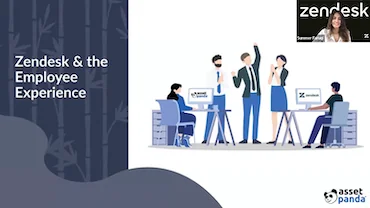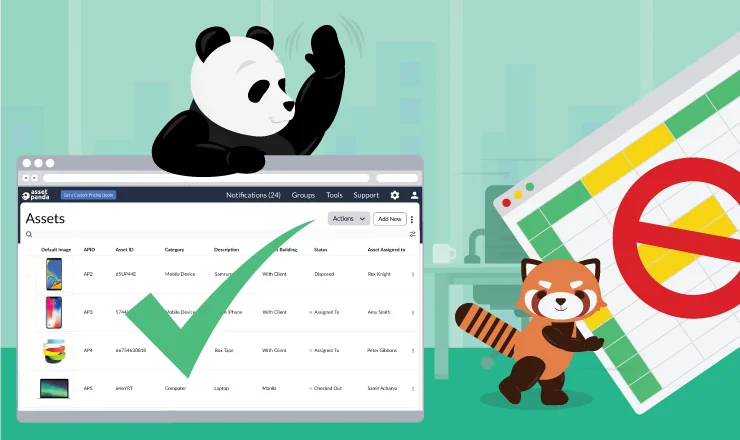Manage Remote IT Equipment with Asset Tagging

IT Asset tagging is a vital function in any busy office. However, that's especially true now because company-owned assets – most notably, technology assets – have left the building, so to speak, and have gone home with employees as they work remotely during the global pandemic and beyond.
This arrangement may not just be temporary – not only because nobody knows how long it will take for companies to feel secure in sending their employees back into the office, but also because remote work has proven advantageous to employees and companies alike.
Nearly half of U.S. workers are at home with remote equipment
In April 2020, the Massachusetts Institute of Technology released the findings of a survey of 25,000 American workers. The survey found that nearly half of the U.S. workforce may now work remotely. While there are undeniable benefits associated with in-person work – including camaraderie and in-person exchanges – "once businesses and individuals invest in the fixed costs of remote work, they may decide to stay with the new methods," the MIT report states. This flexible work environment may also prove to be a competitive advantage for those companies seeking to attract the best and brightest talent.
This shift in working styles has made asset tagging an even more urgent priority for any company seeking to control its costs and keep track of where its fixed assets are. IT assets and hardware are likely among any company's most significant investments.
At any given time, IT managers must know the exact location of each asset, what condition the asset is in, and who currently has the asset in their possession. An integral part of any asset management program is the fixed asset audit; the organization must regularly ensure that its inventory matches its records. This exercise helps the organization identify ghost assets and any other gaps in recordkeeping. It allows for better project management, as managers know what they have and what they need.
Asset tagging maximizes the lifespan of remote IT equipment
IT asset tagging involves the assignment of unique identifiers to each fixed asset. Often, those asset tags are adhesive labels affixed to each item for quick identification. Each label contains a series of numbers that, when scanned, produce rich data on that item – from its assigned department and complete maintenance history to its depreciation.
Asset tagging delivers several benefits, but the most significant may be time savings. A quick barcode label scan is all that's needed to pull up the entire lifecycle of the asset at hand. Using company-issued IT assets as an example, consider the potential for theft and loss when these assets leave the company premises. Without a record of the asset's relocation, the organization has little recourse when loss or theft occurs.
A manual tracking system, which often consists of an Excel spreadsheet, can't provide the history of an item's status and location. And, because employees have to input barcodes into the spreadsheet manually, mistakes are common.
Asset Panda for remote equipment asset management and tagging
When assets are out of sight, it's easy for updates to fall out of mind. But, with an asset tracking platform, asset tagging enables IT managers to establish custom notifications and alerts to remind employees to perform updates and notify them when an end-of-life upgrade is due.
With a tracking platform and asset tagging, employees can also quickly create work orders when an issue occurs and check the asset's maintenance history to determine if the problem is reoccurring.
Asset Panda offers a built-in barcode generator for clients who want to print their own labels, plus the ability to order durable asset tags through buyassettags.com. Asset Panda's mobile app includes a barcode scanner, so all customers need to track and manage their IT assets on a smartphone or tablet with a camera. Completely customizable, Asset Panda tracks your IT assets exactly how you want.
Try our asset management software free for 14 days (no card required) and see how easy it is to track remote equipment!
Related News & Press

Learn more from an Asset Panda expert
Get a FREE consultation with an asset tracking expert to find out how you can transform your asset tracking


